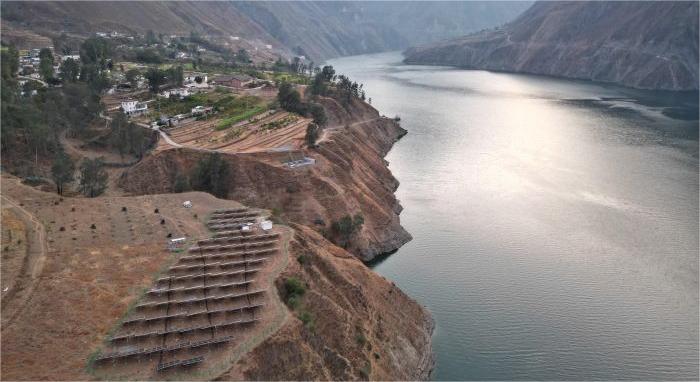Solar-powered water pumping systems can find application in town water supply, livestock watering, and irrigation. The solar-powered irrigation system is an application of a solar-powered water pumping system used in paddy fields, and gardens for watering plants, vegetables, etc.
Advantages of solar power irrigation system:
1. It makes irrigation possible in remote areas
2. Low-carbon and environmentally friendly
3. No grid connection is required
4. No electricity bills to be paid
5. High safety, less maintenance and long service life
Solar power irrigation system types:
1. Surface Irrigation, in which water is moved across the surface of agricultural lands.
2. Localized Irrigation, like a spray drip or trickle system where water is applied to each plant or adjacent to it.
3. Sprinkler Irrigation, in which water is piped to one or more central locations within the field and distributed by overhead high-pressure sprinklers or guns.
Solar power irrigation system has main parts:
1. Motor pump
2. solar pump inverters or controllers
3. Solar panel

How do you choose the right solar power irrigation system?
First, you need to know the depth of available water, daily water requirements, and the type of irrigation system. You also need to know the water flow rate and total head. The combination of head and flow provides the best system efficiency with the least energy consumption.
Secondly, you should understand the solar pump system installation site. Check if it is installed near a pond, river or other location.
Finally, you should know about AC or DC pumps. You will need solar panels, solar pump inverters or controllers, module mounting components, and accessories such as cables, connectors, and pipes for an AC pump. No solar pump inverters or controllers are required for DC water pumps if connected directly to solar panels.